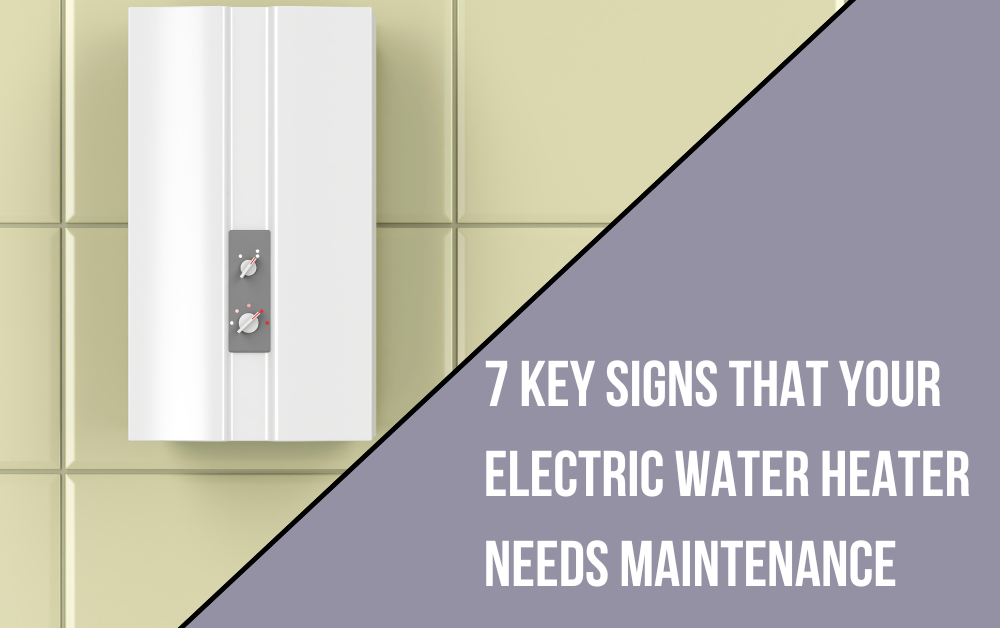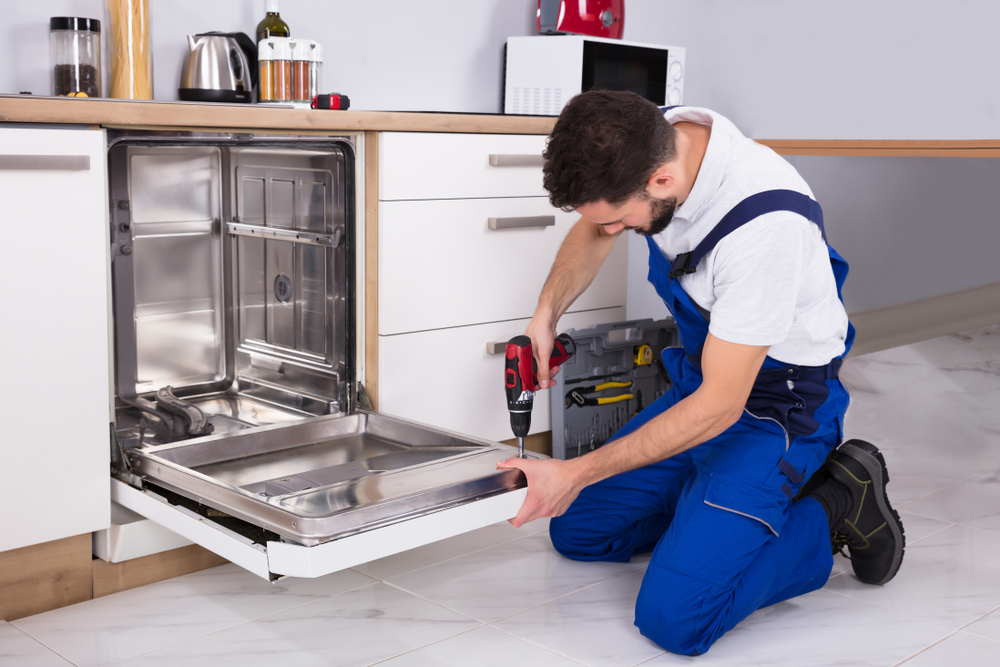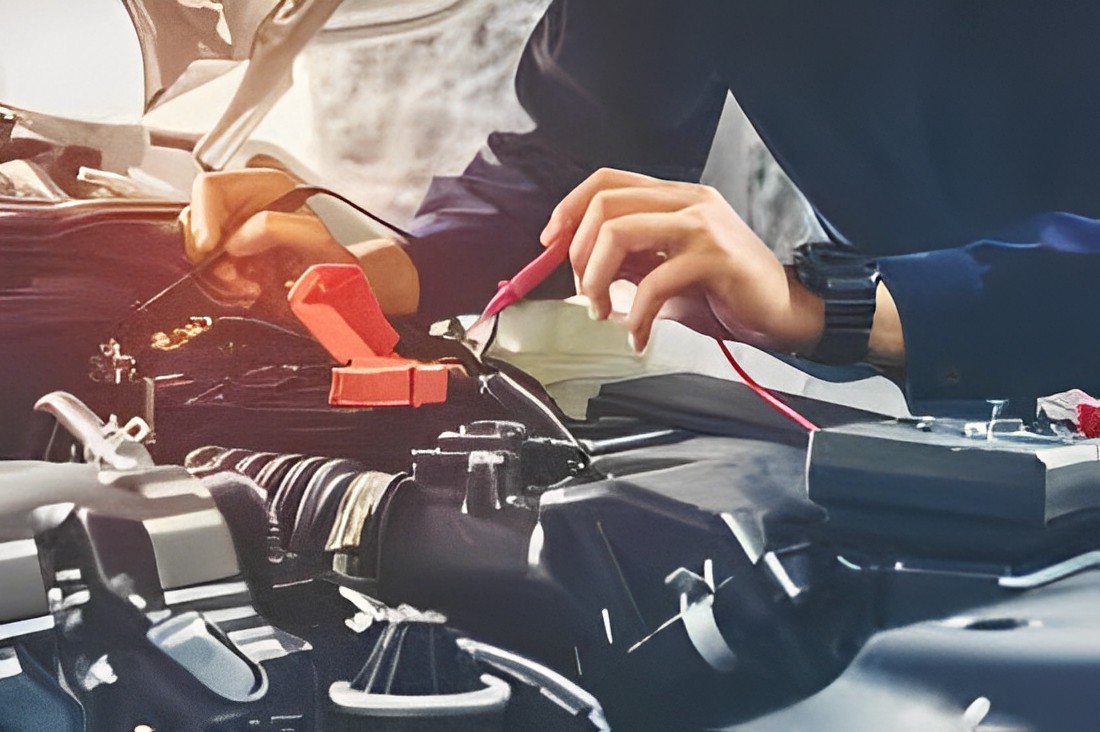Introduction
An electric water heater is one of the unsung heroes of your home’s infrastructure. It tirelessly works to provide you with warm showers, clean dishes, and sanitized laundry day in and day out. Yet, it often goes unnoticed until something goes wrong. To prevent those unpleasant surprises and ensure your electric water heater continues to perform at its best, it’s essential to understand its maintenance needs and recognize signs of trouble.
In this comprehensive guide, we will not only delve into the seven key signs that your electric water heater may require maintenance, as discussed in the previous section, but we will also explore in-depth troubleshooting tips and strategies to extend the life of your appliance. By being proactive and addressing issues promptly, you can keep your electric water heater in optimal condition and avoid costly replacements.
Understanding Your Electric Water Heater
Before we dive into maintenance and troubleshooting, let’s gain a better understanding of how an electric water heater works.
Basic Components
An electric water heater consists of the following key components:
- Tank: The tank stores and heats the water. It is usually insulated to retain heat and reduce energy consumption.
- Heating Elements: Electric water heaters have one or two heating elements (typically made of stainless steel) that heat the water inside the tank. These elements are controlled by thermostats.
- Thermostats: Thermostats regulate the temperature of the water. Most electric water heaters have two thermostats—one at the top and one at the bottom of the tank.
- Pressure Relief Valve: This safety valve releases excess pressure to prevent tank explosions.
- Anode Rod: Anode rods are sacrificial components that help prevent tank corrosion by attracting corrosive elements in the water.
- Dip Tube: The dip tube directs incoming cold water to the bottom of the tank, where it is heated.
Now that we have a basic understanding of the components, let’s explore how to address common issues and perform routine maintenance.
Maintenance and Troubleshooting Tips
1. Insufficient Hot Water
Potential Causes:
- A faulty thermostat
- A damaged heating element
- Sediment buildup in the tank
Maintenance and Troubleshooting:
- Adjust the Thermostat: Check the thermostat settings and adjust if necessary. Set the temperature to around 120°F (49°C) for optimal energy efficiency and safety.
- Inspect the Heating Elements: If adjusting the thermostat doesn’t solve the issue, inspect the heating elements. They may need replacement if they are damaged or malfunctioning.
- Flush the Tank: Sediment buildup can reduce the water heater’s efficiency. Drain and flush the tank to remove sediment. Follow these steps:
- Turn off the power to the water heater.
- Shut off the water supply.
- Attach a hose to the drain valve at the bottom of the tank.
- Open a hot water tap in the house to allow air into the tank.
- Open the drain valve and let the water flow into a bucket until it runs clear.
- Close the drain valve, turn on the water supply, and restore power to the heater.
2. Unusual Noises
Potential Causes:
- Sediment buildup in the tank
- Expansion and contraction of the heating elements
- Water hammer (water suddenly stopping or changing direction)
Maintenance and Troubleshooting:
- Flush the Tank: As mentioned earlier, sediment buildup can cause unusual noises. Regularly flushing the tank helps prevent this issue.
- Install Water Hammer Arrestors: If water hammer is the culprit, consider installing water hammer arrestors on your water lines to absorb the shock and eliminate the noise.
3. Leaks or Drips
Potential Causes:
- Valve or fitting issues
- Tank corrosion
Maintenance and Troubleshooting:
- Inspect Valves and Fittings: Check for visible leaks around valves and fittings. Tighten loose connections, replace faulty valves, or contact a plumber for repairs.
- Tank Corrosion: If the tank itself is leaking due to corrosion, it’s a serious issue that may require tank replacement. Consult a professional plumber to assess the extent of the damage and recommend a solution.
4. Rusty Water
Potential Causes:
- Corrosion inside the tank
Maintenance and Troubleshooting:
- Flushing: Flushing the tank, as described earlier, can help remove sediment and rust particles that may discolor the water. If the issue persists, consult a professional plumber for further assessment.
5. Fluctuating Water Temperatures
Potential Causes:
- Thermostat issues
- Damaged heating elements
- Electrical problems
Maintenance and Troubleshooting:
- Adjust Thermostat: Ensure both thermostats (upper and lower) are set to the same temperature. If the problem persists, one or both thermostats may need replacement.
- Inspect Heating Elements: Damaged or faulty heating elements can lead to temperature fluctuations. Inspect and replace them if necessary.
- Electrical Checks: If you suspect electrical problems, such as loose wiring or circuit issues, consult an electrician for a thorough inspection.
6. Foul Odors
Potential Causes:
- Bacterial growth inside the tank
Maintenance and Troubleshooting:
- Flush and Treat the Tank: As previously mentioned, flushing the tank can help remove sediment and bacteria. Additionally, treating the tank with hydrogen peroxide or another approved solution can eliminate bacterial growth and odors.
7. Age of the Water Heater
Potential Causes:
- Aging water heater approaching the end of its lifespan
Maintenance and Troubleshooting:
- Consult a Professional: If your water heater is nearing the end of its expected lifespan (typically 8 to 15 years), it’s advisable to consult a professional plumber. They can assess the condition of your water heater and recommend replacement options. Proactive replacement can prevent unexpected breakdowns and water damage.
Proactive Maintenance for Efficiency
Now that we’ve covered troubleshooting and addressed the seven key signs that your electric water heater may require maintenance, it’s crucial to emphasize the importance of proactive maintenance to ensure your appliance operates efficiently and lasts as long as possible.
Regular Flushing and Cleaning
Routine flushing of your water heater, as mentioned earlier, is essential to remove sediment and prevent corrosion. It’s a task you can do yourself, but if you’re unsure or uncomfortable with the process, it’s always a good idea to hire a professional plumber to perform this maintenance.
Annual Professional Inspection
Consider scheduling an annual inspection by a professional plumber. They can thoroughly examine your water heater, including the heating elements, thermostats, valves, and electrical connections. Identifying and addressing potential issues early can save you from more significant problems down the road.
Check the Anode Rod
The sacrificial anode rod inside your water heater tank plays a crucial role in preventing tank corrosion. Over time, this rod can become depleted and ineffective. Have it inspected during your annual professional inspection and replace it if necessary.
Temperature and Pressure Relief Valve Testing
The temperature and pressure relief (TPR) valve is a critical safety component. Test it periodically to ensure it functions correctly. If the TPR valve is faulty, it can lead to excessive pressure in the tank, potentially causing an explosion.
Insulation and Efficiency
Consider adding insulation to your water heater and the hot water pipes leading from it. This helps retain heat and reduces energy consumption. Additionally, insulating the hot water pipes can prevent heat loss during distribution.
Conclusion: Maximizing Your Water Heater’s Lifespan
Your electric water heater is a valuable and often-overlooked appliance that plays a vital role in your daily life. By understanding its components, recognizing signs of trouble, and performing regular maintenance, you can extend its lifespan and ensure it continues to provide you with a reliable supply of hot water. Remember that when in doubt or faced with complex issues, consulting a professional plumber or electrician is the best course of action. Proactive maintenance not only saves you money in the long run but also ensures the comfort and convenience of your home.
So, the next time you enjoy a warm shower or wash dishes with hot water, take a moment to appreciate the unsung hero of your home—the electric water heater—and the care you’ve invested in keeping it running smoothly.




